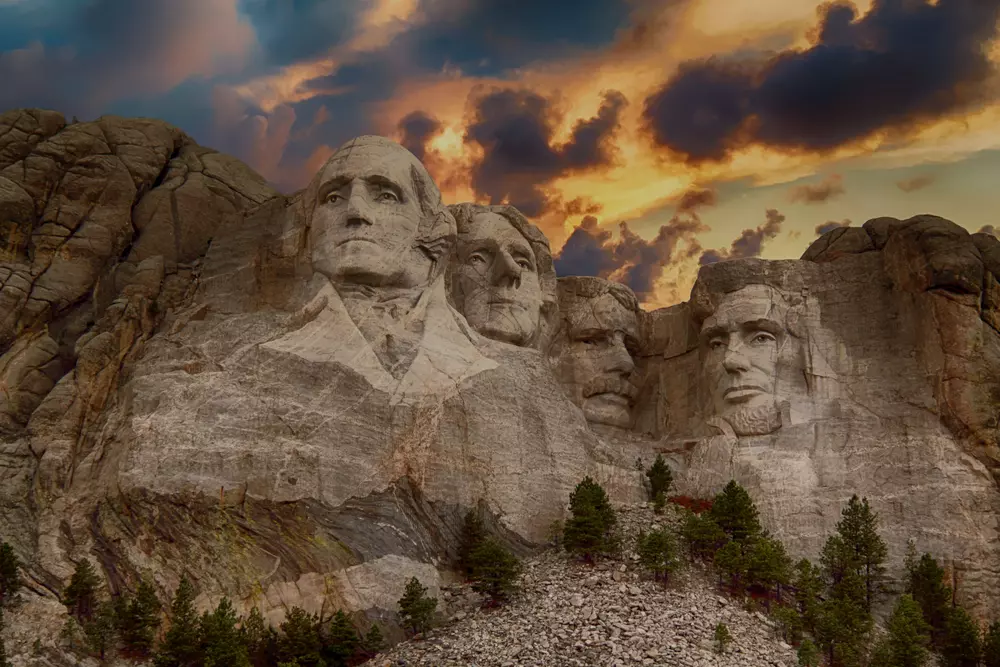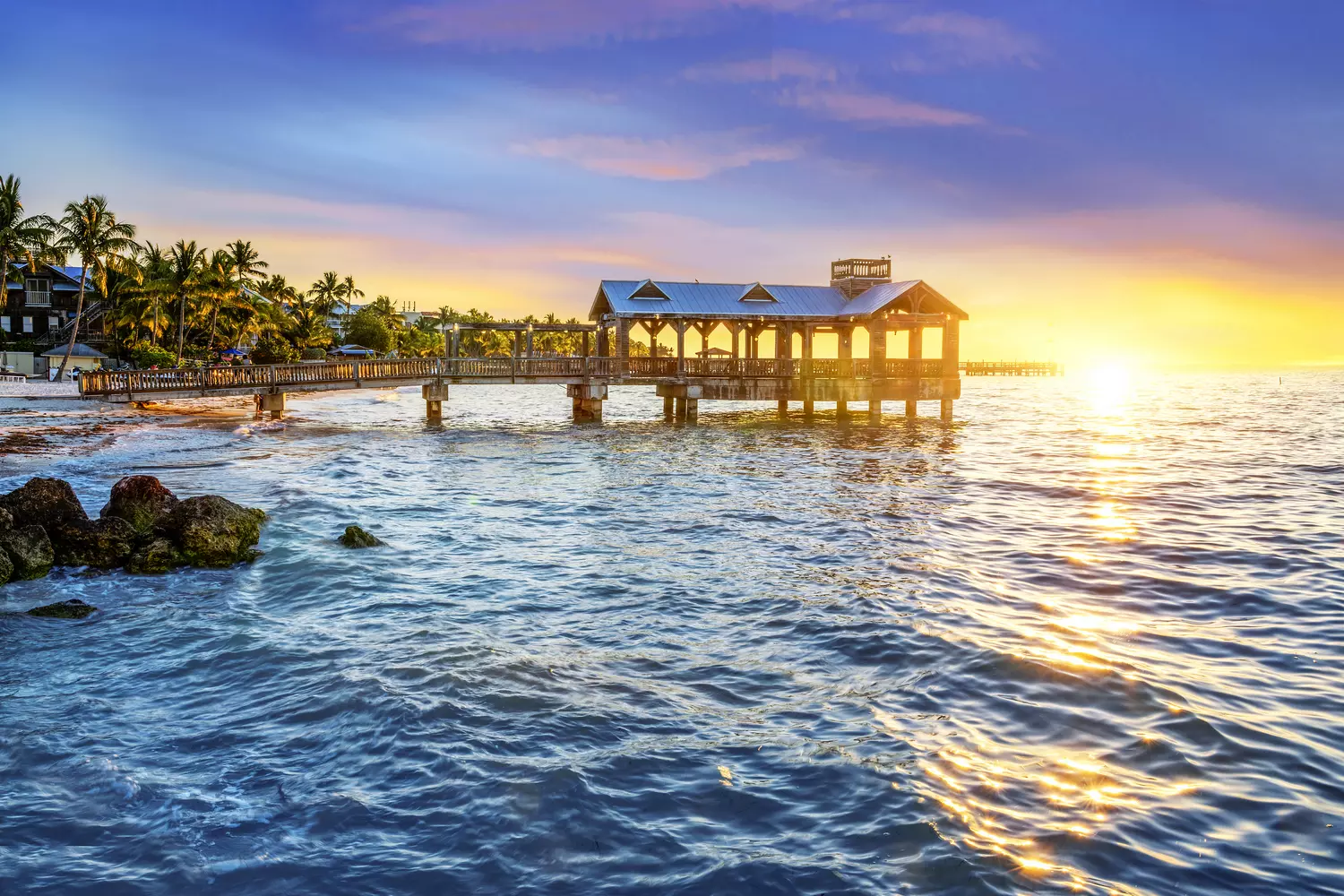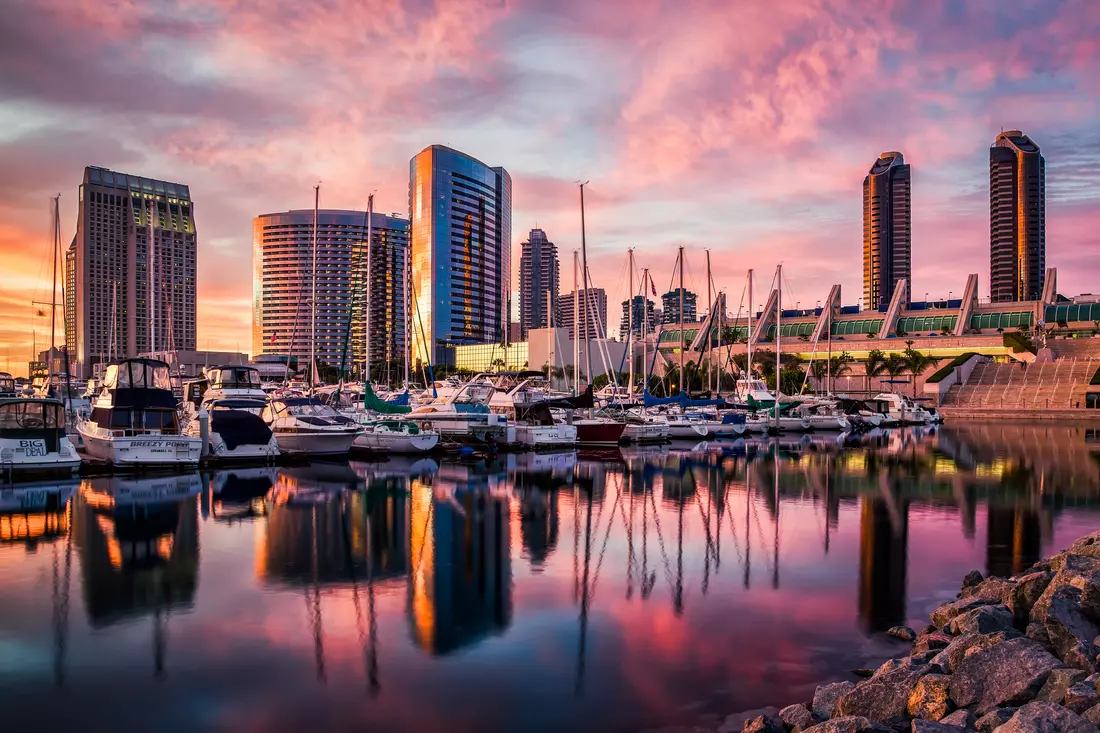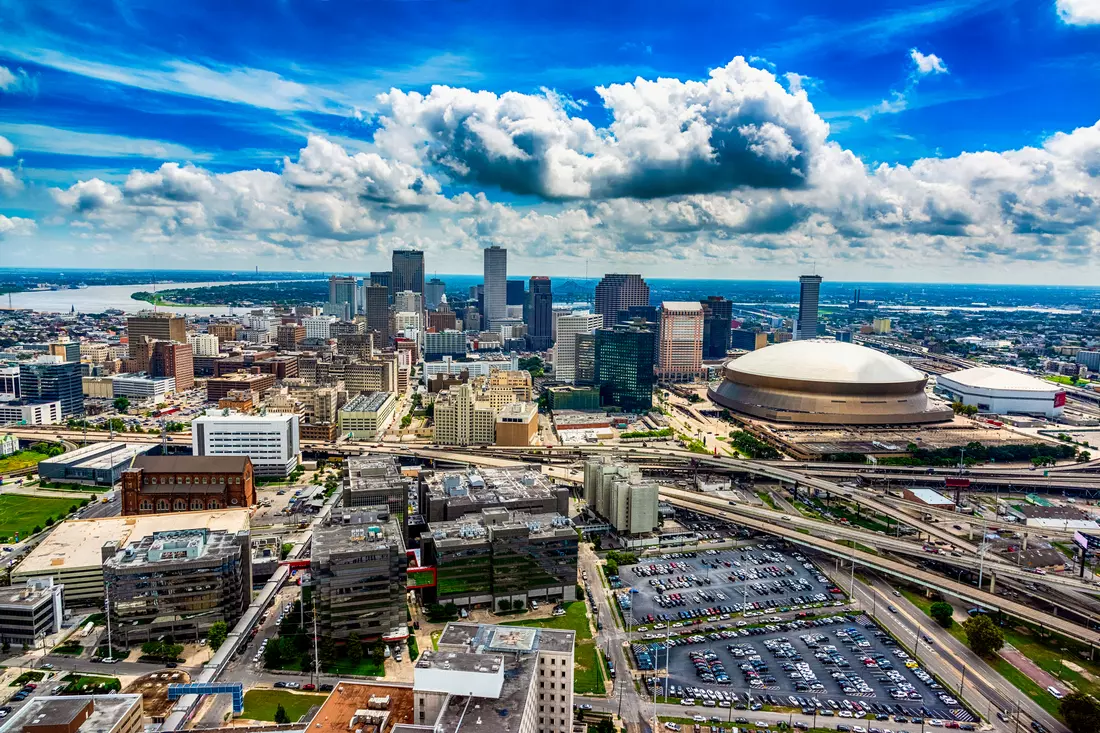America is not just a country; it’s an entire world gathered under one star-spangled roof. Here live millions of people speaking hundreds of languages, practicing dozens of religions, and representing nearly every ethnic group on earth.
But behind the dry numbers of statistics lie not just residents, but stories, personalities, and destinies. Some came here chasing a dream. Some were born in small farming towns, others in the high-rises of Brooklyn, and some in trailers among the canyons of Arizona.
America is a land of opportunity and, at the same time, a land of change. Its population is constantly on the move: being born and aging, relocating and voting, working and traveling, studying and starting families. These processes form the foundation of economic growth, social policy, culture, and technology.
Today, we talk about the people. Who are they, the citizens of the USA? How do they live, grow, migrate, and age? Why is demographics important not only for politicians but for each of us? What awaits the country in the future — in 5, 10, or 25 years?
This is what our detailed and lively article is about. Without dryness, but with facts. Without clichés, but with respect for the complexity of the topic. Welcome to the true face of America — something you can never draw on a map.

If the United States were a single city, it would resemble the suburbs of Los Angeles — sprawling, but not overcrowded. It has everything: massive metropolises, ghost towns, and endless farming communities where neighbors are miles apart.
341,000,000: How Many People Live in the USA
How many people live in the USA today? The question seems simple, but thousands of nuances lie beneath it. According to the latest data from the U.S. Census Bureau, the American population in 2025 is estimated to be about 341 million people. This makes the USA the third most populous country in the world, after China and India. But looking deeper, the dry number turns into a full picture of the life of a vast society.
- Total Population
~341,000,000 people. This is equivalent to the combined population of France, Germany, Spain, and Poland. - Annual Growth Rate
About 0.4%. The USA is still growing, but more slowly than in the 20th century. The main source of growth is migration, not birth rate. - Average Population Density
36 people per square kilometer. For comparison: Japan’s density exceeds 330, while Canada’s is only about 4. - The Most Populous State — California
Nearly 39 million people live here. It surpasses the entire population of Canada. - The Least Populous — Wyoming
Only about 580 thousand residents. That’s fewer than in one district of Miami.
Americans are unevenly distributed. The East Coast is densely populated, with large metropolises from Boston to Washington, D.C.. The West Coast attracts millions with California’s sunshine and the technology of Silicon Valley. Between them lie the vast expanses of the Midwest and the South, where population density can drop to just a few people per square kilometer. This makes America unique: population density creates different rhythms of life — from the business bustle of Manhattan to the laid-back lifestyle in Montana.
Who Are More Numerous: The Gender Composition of the U.S. Population in Detail
At first glance, it might seem that the distribution of men and women in a huge country like the USA should be roughly equal. And generally it is — but with some interesting nuances. Gender composition is not just biological statistics, but a mirror of social, medical, and cultural processes.
According to the U.S. Census Bureau:
- Women make up approximately 50.8% of the population.
- Men — about 49.2%.
In absolute numbers, this means:
- Women: about 173 million.
- Men: approximately 168 million.
This female surplus has persisted for several decades. It is explained not only by biological factors but also sociological ones:
- Women live longer: the average life expectancy of women in the USA is about 81 years, men — 76 years.
- Men are more often exposed to risks: accidents, crime, dangerous professions.
- 01. Gender Balance by Age
- Up to age 30, there are usually slightly more men — this is natural from a birth-rate perspective.
- Starting from ages 40–45, the picture changes: there are more women, and this gap grows with age.
- Among people over 80, there are almost twice as many women as men.
- 02. Geography and Gender
Interestingly, gender composition can vary somewhat from state to state:
- In some rural and industrial areas (for example, North Dakota or Alaska), men predominate — due to work in extractive and heavy industries.
- In densely populated metropolises and on the East Coast, there are noticeably more women, especially in older age groups.
- 03. Gender and Society
The gender structure influences:
- Healthcare
There is a greater need for geriatric services and women’s medicine. - Labor Market
The number of women in traditionally male professions is growing. - Politics and Business
More women are taking on leadership roles. - Education
Today, there are more women than men in U.S. universities.
- 04. Gender Beyond the Binary
The USA is one of the countries where visibility of non-binary and transgender people is increasing. According to a UCLA study, about 1.6 million Americans identify outside the traditional male or female categories. This creates demands for flexibility in documentation, medicine, education, and law.
Understanding gender composition is not just about statistics. It is a way to see how society adapts, ages, develops, and strives for equality.
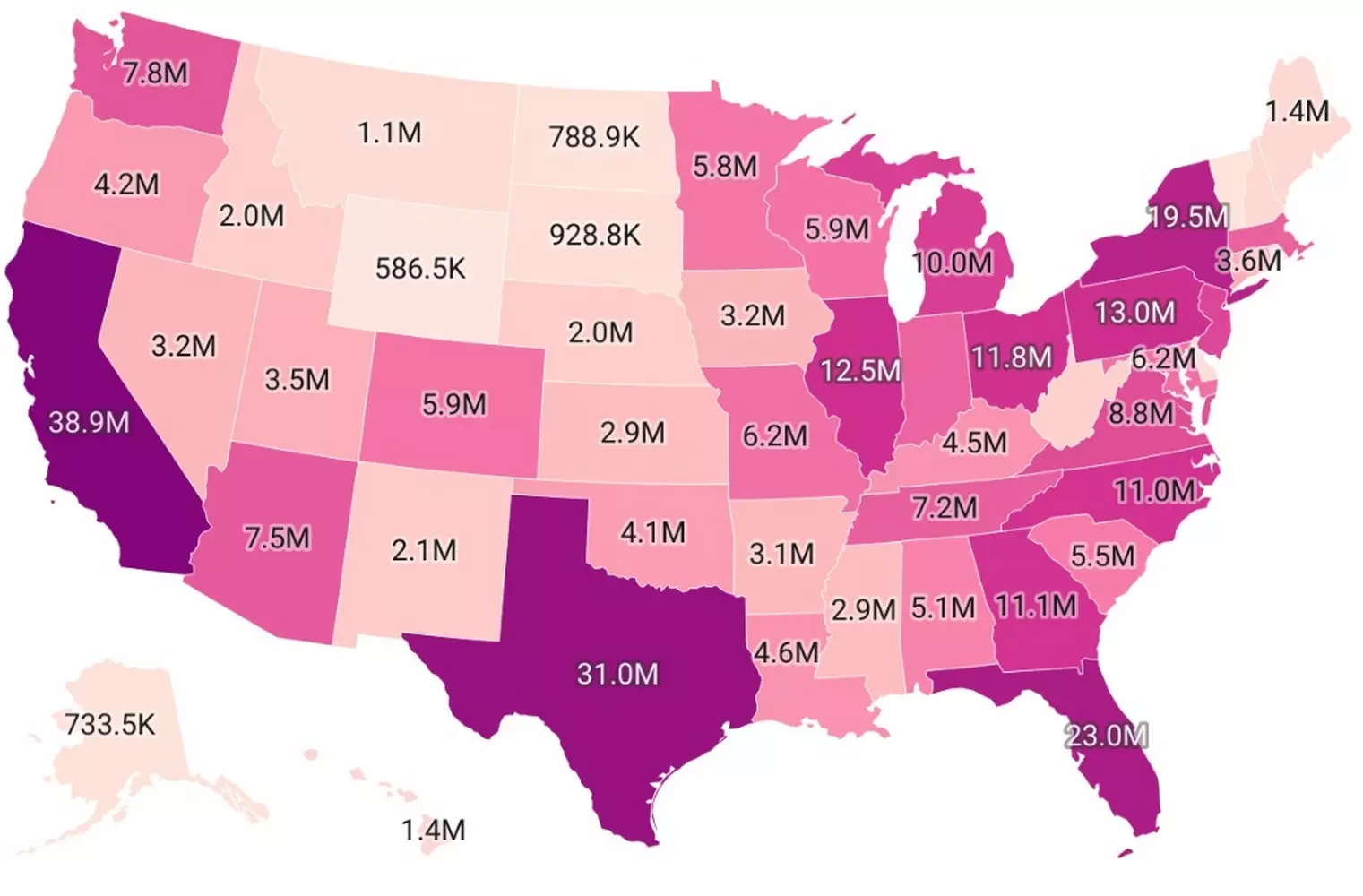
The Life Cycle of America: How People Are Born, Live, and Die in the USA
Demographics of the USA in 2025 tell a story not only about population size but also about quality of life, health, and future challenges. How are new Americans born? Why is life expectancy still lower than in some European countries? What causes death, and how is medicine coping with it?
- 01. Birthrate: America is having fewer children
The average birthrate in the USA today is only 1.6 children per woman. A replacement level of 2.1 children per woman is needed to maintain a stable population. Without migration, the US population would slowly decline. Reasons for the drop in birthrate include:
- Late age of marriage and having the first child;
- Rising cost of living, especially housing and education;
- Focus on career rather than family — especially in big cities;
- Wide access to contraception and family planning;
- Lack of affordable maternal support programs in some states.
- 02. Life Expectancy: rising but uneven
The average life expectancy of Americans in 2025 is around 79 years. However, this average varies significantly depending on state, race, income, and even profession:
- Women live 5–6 years longer than men on average;
- White and Asian populations live longer than African American and Latino populations;
- The gap between wealthy and poor counties can reach 10–15 years.
Life expectancy is influenced not only by healthcare but also by nutrition, lifestyle, stress levels, environment, and access to prevention.
- 03. Mortality: what Americans die from
The three leading causes of death in the USA are heart disease, cancer, and diabetes. Behind these medical terms lie social and behavioral factors:
- Obesity, stress, lack of physical activity;
- Smoking, poor diet, heredity;
- Lack of prevention and early diagnosis.
Additionally, mortality has increased due to drug overdoses (especially in rural areas), suicides (notably among veterans and teenagers), and consequences of COVID-19.
- 04. An aging nation: a challenge for the future
When birthrates fall and life expectancy rises, society inevitably ages. About 17% of the US population is already over 65, and this number will grow. This means:
- Increased strain on healthcare and social services;
- Greater need for geriatrics and home care;
- Shortage of young workers.
Interesting fact: In southern and more religious states (Utah, Texas, Alabama), birthrates are still noticeably higher than in more progressive and expensive states like New York or California.

The Racial Mosaic of the USA: Who Makes Up the American Nation in the 21st Century
America has long ceased to be a country where the majority truly represents the majority. In 2025, ethnic diversity has reached new heights, and it can no longer be ignored in culture, politics, or the economy. The current ethnic composition of the USA is as follows:
- White (non-Hispanic) — about 57% of the population.
- Latino/Hispanic — approximately 19%.
- African American — around 13%.
- Asian — about 6%.
- Native peoples, mixed races, and others — about 5%.
What does this mean in practice? The USA can no longer be viewed as a "white majority" country. In several states — for example, California, New Mexico, Texas, and Hawaii — whites (non-Hispanic) have long lost their dominant status. Moreover, the generation of Americans under 18 years old now mainly consists of racial and ethnic minorities.
- 01. Immigration as the engine of change
Most of the growth in ethnic diversity is due to migration. The USA remains the main magnet for people from all over the world. They come from Mexico, India, China, the Philippines, African countries, and the Middle East. New Americans bring with them languages, cuisines, religions, cultural traditions, and family values. - 02. Where different groups live
- African Americans — traditionally in the southern states and in large cities on the East Coast;
- Native peoples — in reservations and territories in states like Oklahoma, New Mexico, and Montana.
- 03. Ethnic shift: what it changes
- Politics
The growing number of minority voters is shifting the agenda — from immigration to social justice. - Business
Brands consider diversity in advertising, products, and HR policies. - Education
Schools and universities include multicultural programs and adapt to multilingual environments.
Population as cultural code: how demographics shape American identity
American culture is not just a set of trends, songs, or TV shows. It is a living fabric woven from millions of stories brought from all corners of the world. It is the composition of the population — its diversity, history, and energy — that defines what America is today and what it will become tomorrow.
- 01. Each wave of migration is a cultural influx
For over two centuries, every generation of immigrants has changed the country's cultural DNA:
- Latino/Hispanic communities
Brought salsa, merengue, reggaeton, Day of the Dead, and street food culture to the USA. Their influence is especially noticeable in architecture, language, and holidays. - Asian communities
Shape the future in science, technology, and cinema. Films by Korean and Chinese directors win Oscars, and Asian cuisine has become part of everyday America. - Immigrants from the Middle East and South Asia
Have enriched the country with philosophy, architecture, entrepreneurship, and unique spiritual practices.
- 02. Identity through the prism of choice
One does not become American by blood — one becomes American by conviction. It is a choice: to be part of a society where everyone can preserve their roots while becoming a full participant in the common cause. This idea underlies the constitution, education, media, and daily interactions. - 03. Culture as a reflection of demographics
- Cities host dozens of ethnic festivals: from Chinese New Year to Nigerian fireworks in Atlanta.
- Multicultural disciplines are taught in schools and universities.
- On the streets, you can hear Spanglish, Viet-English, Arabic rap, and Polish folk music.
Migration and ethnic mosaic do not threaten American identity. They form it, renew it, and make it resilient. This is the unique path of the USA: to build a national "we" from many individual "I"s.
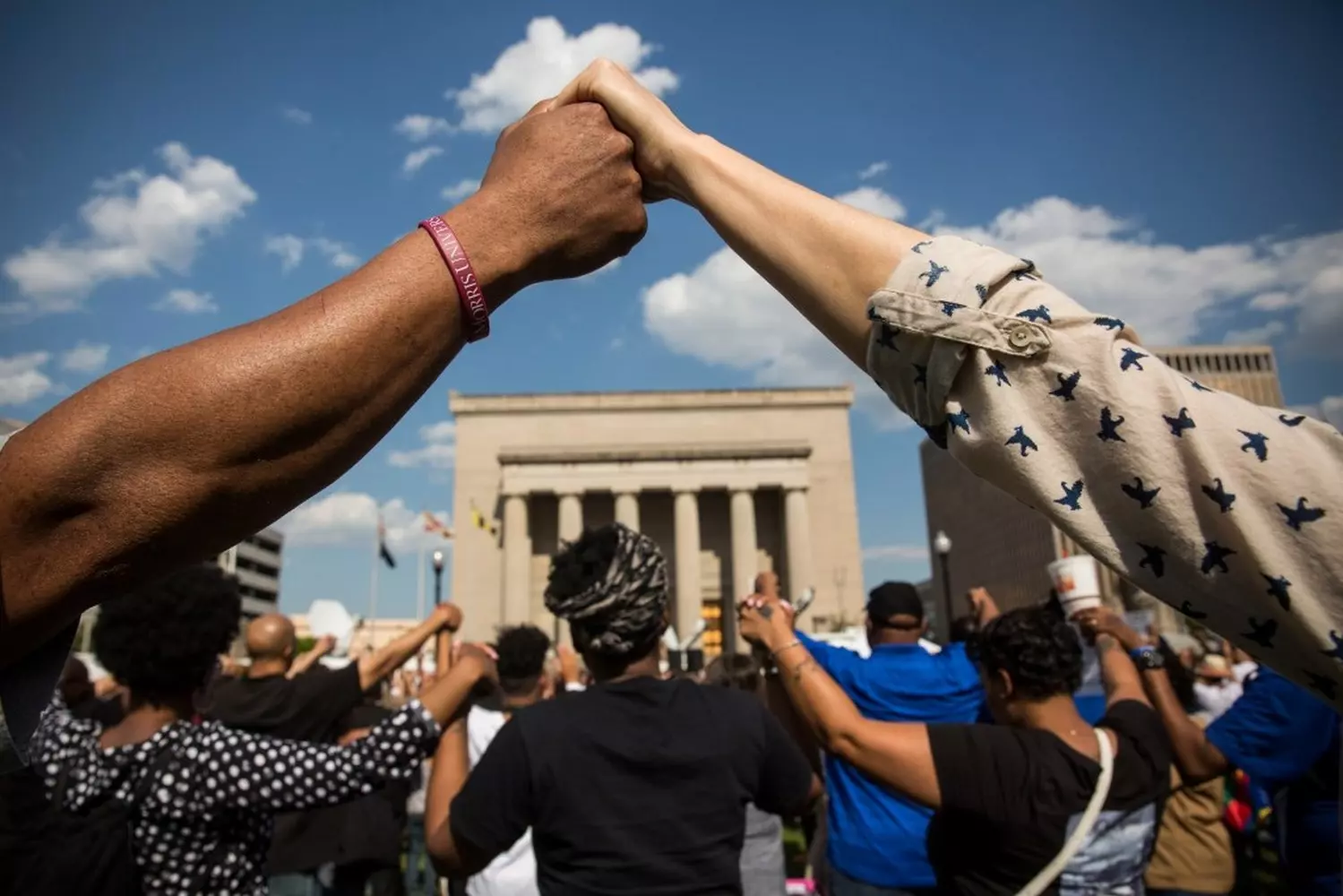
Multilingual America: What the Country Sounds Like in the 21st Century
America does not speak with a single voice — it sounds like a chorus. The USA is one of the most multilingual countries in the world, and although English remains dominant, it is far from the only language.
- 01. How many languages are spoken in the USA?
According to linguists, more than 350 languages are used across the USA. This includes:
- Immigrant languages: Spanish, Chinese, Vietnamese, Arabic, Russian, and others.
- Languages of Native peoples: Navajo, Cherokee, Yupik, and dozens more.
- Languages preserved in certain diasporas: Yiddish, Amharic, Armenian, Tagalog.
- 02. The most common languages after English
- Spanish
More than 42 million speakers. It is the country’s second language, spoken at home by about 13% of the population. - Chinese (including Cantonese and Mandarin)
About 3.5 million people. - Tagalog (Philippines)
Over 1.7 million. - Vietnamese
About 1.5 million. - Arabic
More than 1.3 million.
- 03. Multilingualism in education and media
- Many schools and universities offer bilingual education programs.
- In large cities, official forms, menus, signs, and public services are available in multiple languages.
- Television, radio, and the internet are full of Spanish- and Asian-language channels, newspapers, and blogs.
- 04. Language as part of identity
For millions of Americans — especially first-generation immigrants — their native language remains a key to self-identification. But for their children and grandchildren, English becomes primary. This bridge between cultures is a unique feature of the USA.
Multilingualism does not threaten unity; it enriches it. The linguistic map of the USA is not a barrier but a mirror of its history and future.

The Religious Mosaic of the USA: Faith as a Part of American Identity
Faith in the USA is not just a personal matter. It is part of public life, the political agenda, educational systems, and even everyday culture. America remains one of the most religiously diverse countries in the world, where traditions, rituals, and beliefs of dozens of faiths peacefully coexist.
- 01. What do the numbers say?
According to Pew Research Center data for 2025, the religious landscape of the USA looks like this:
- Christians (all denominations) — about 63% of the population: Protestants — 40%, Catholics — 18%, Orthodox and others — 5%;
- Non-religious / atheists / agnostics — about 29%;
- Jews — approximately 2%;
- Muslims — about 1.5%;
- Buddhists, Hindus, Sikhs, Bahá'ís and others — collectively around 3.5%.
The growth in the number of non-religious Americans is one of the most important demographic trends of recent years. More young people are turning away from institutional religion, preferring personal spirituality or secularism altogether.
- 02. Why religion matters for understanding the USA
- Public life
Religious organizations actively participate in charity, volunteering, and helping the poor and migrants. - Politics
Voters' religious beliefs directly influence elections, laws, and attitudes toward abortion, guns, and immigration. - Education
Private religious schools and universities are an important part of the education system.
- 03. Religious diversity by region
- The Southern USA (the so-called “Bible Belt”)
Evangelical Protestants dominate, with churches literally on every corner. - The Northeast
Strong presence of Catholics and Jews, especially in New York and Boston. - The West Coast
Diversity including Buddhism, Hinduism, and new religious movements. - The Midwest
Traditional Christianity, but also a growing share of non-religious people.
- 04. New religious movements and migration
America remains a place where new religious ideas arise and develop: from Mormons and Scientologists to Neopagans and Christian psychotherapy. Immigrants bring their religions with them: Islam from South Asia, Buddhism from Vietnam, Orthodoxy from Eastern Europe.
The USA is both secular (officially church and state are separate) and deeply religious. Here, one can be a Muslim and a police officer, a Jew and a senator, an agnostic and a theology professor. This is a country where a church can be found in a shopping mall, and a sermon — on TikTok. Religion in the USA is not dogma, but a choice. Like much else in this country.
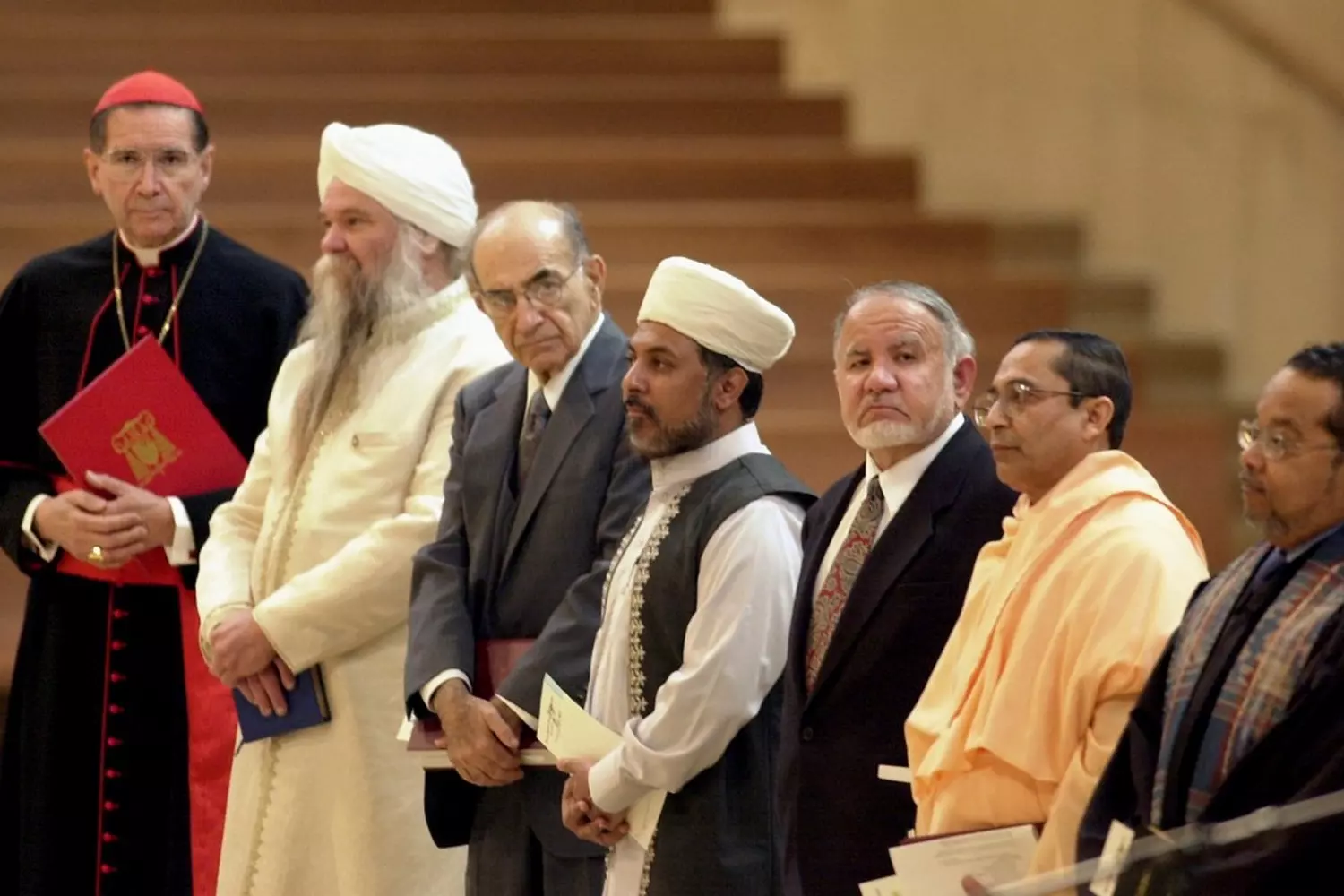
The Age Palette of America: Who Fills the Streets and Schools of the USA
The age structure of the population is not just statistics. It is a picture of a country’s life, reflecting its dynamics, challenges, and opportunities. The USA is no exception: youth and experience, activity and wisdom, renewal and continuity intertwine here. But recent decades highlight one important trend — the aging of the nation.
- 01. How is the population distributed by age?
- Children and teenagers (0–17 years): about 22% of the population
These are future students, athletes, artists, engineers, and entrepreneurs. The country’s development tomorrow depends on their shoulders. However, the number of children in the USA is gradually decreasing, which affects the number of schoolchildren, demand for children’s goods, and educational institutions. - Young and middle-aged adults (18–44 years): about 36% of the population
This group forms the core of the workforce, active creators of the economy, innovators, and parents. They drive society forward, create families, and buy homes. This group is the demographic “engine” of the country. - Mature adults (45–64 years): approximately 25% of the population
The experience accumulated over the years allows them to hold managerial positions, pass on knowledge, and participate in public life. At the same time, these people are gradually approaching retirement age, which affects social and economic systems. - Senior citizens (65 years and older): about 17% of the population
This segment is growing rapidly — the share of elderly people increases thanks to medical advances and improved living conditions. Elderly Americans are active participants in society, volunteers, grandparents, but also represent a significant burden on healthcare and pension systems.
- 02. Why is population aging an important challenge?
- Growing demand for medical services
People are aging, and the need for geriatric care, long-term care, and specialized medical services is increasing. This creates pressure on the healthcare system and stimulates the development of technologies for elderly care. - Changes in the labor market
A declining share of young working-age people raises concerns about a shortage of skilled workers and the need to extend retirement age. - Financial pressure on social programs
Pension funds and social security programs face rising costs due to the increasing number of elderly beneficiaries. - Impact on urban design and infrastructure
Architects and urban planners increasingly design homes and public spaces considering the needs of the elderly: barrier-free environments, accessible transportation, green areas for walks.
- 03. Youth and the country’s future
Despite aging, children and youth remain the country’s most important resource. Investments in education, children’s healthcare, opportunities for sports and creativity are the key to the prosperity of future generations.
However, declining birth rates and demographic shifts force a reconsideration of migration policies to balance the age structure and support economic growth.
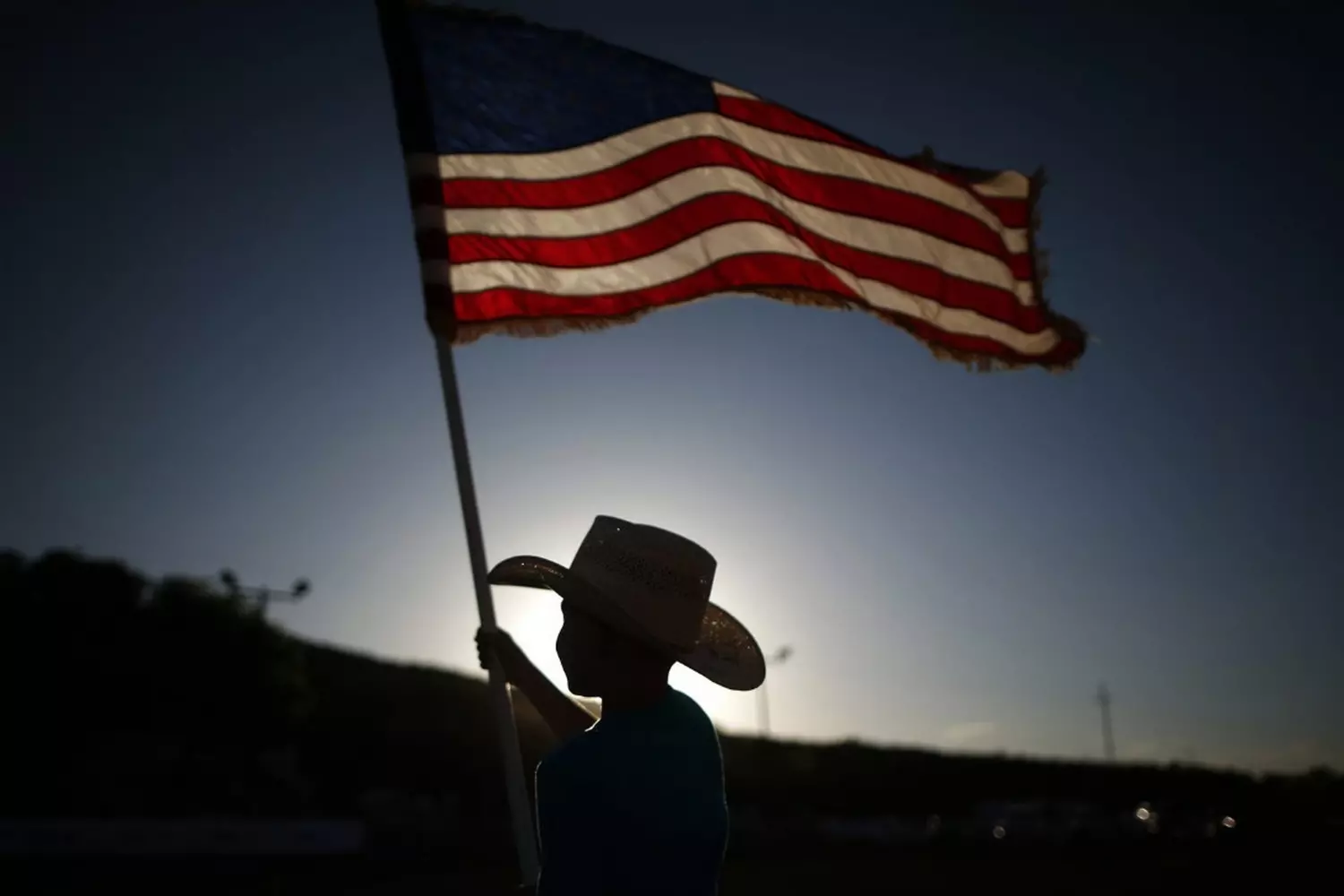
Population by State and Urbanization: From Metropolises to Vast Open Spaces
The USA is a vast country, and its population is distributed very unevenly. From densely populated megacities and thriving metropolitan areas to the nearly deserted expanses of some states — the picture of American life by region is striking in its diversity. Understanding this distribution is important to see how the country lives from within.
Top 5 Most Populous States
- 01. California — about 39 million residents
The most populous state in the USA is a true magnet for migrants from all over the world. It is home to the largest technology hubs (Silicon Valley), famous beaches, Hollywood, and wine regions. Its broad economic diversity makes California a global leader. - 02. Texas — approximately 31 million
Texas is a giant state known for its energy sector, agriculture, and rapidly growing cities. Austin, Houston, and Dallas attract youth and business. - 03. Florida — about 23 million
Known for its resorts, beaches, and large retiree communities. Miami is one of the main cultural and economic centers of the state. - 04. New York — around 19 million
Legendary New York City is the financial capital of the USA and a city of dreams for many. In addition to the city itself, the state includes suburban areas with well-developed infrastructure. - 05. Pennsylvania — about 13 million
An industrial and historical center of the country with many mid-sized cities and rural areas.
In contrast to these giants are states with small populations: Wyoming, Vermont, Alaska, North Dakota, and South Dakota. Each has fewer than a million residents, sometimes only hundreds of thousands. These places are known for vast natural landscapes, low population density, and often a strong connection to traditional ways of life.
Today, more than 82% of the US population lives in cities. However, behind this overall figure lies an interesting trend:
- Growth of suburbs and small towns
A trend that has noticeably intensified since the COVID-19 pandemic. Many residents of megacities seek to move to quieter and more affordable places to live while maintaining the ability to work remotely. - Overcrowding of megacities
This creates demand for housing in suburbs with developed infrastructure, green spaces, and convenient transportation.
Top 5 Largest Urban Agglomerations
- 01. New York Metropolitan Area — over 20 million people
The largest in the country and one of the largest in the world. Includes Manhattan, Brooklyn, Queens, as well as suburbs in New Jersey, Connecticut, and Pennsylvania. - 02. Los Angeles
The center of the film industry, arts, and innovation, with a huge metropolis and scattered districts. - 03. Chicago
The main city of the Midwest with a powerful industrial past and a vibrant cultural present. - 04. Houston
The energy capital with a rapidly growing population and diverse economy. - 05. Phoenix
One of the fastest-growing cities in the country, with a hot climate and developing infrastructure.
America is a land of contrasts: vast open spaces coexist with densely built neighborhoods, peaceful rural areas with bustling megacities. Understanding where and how Americans live helps to better grasp the complexity and multifaceted nature of this great nation.
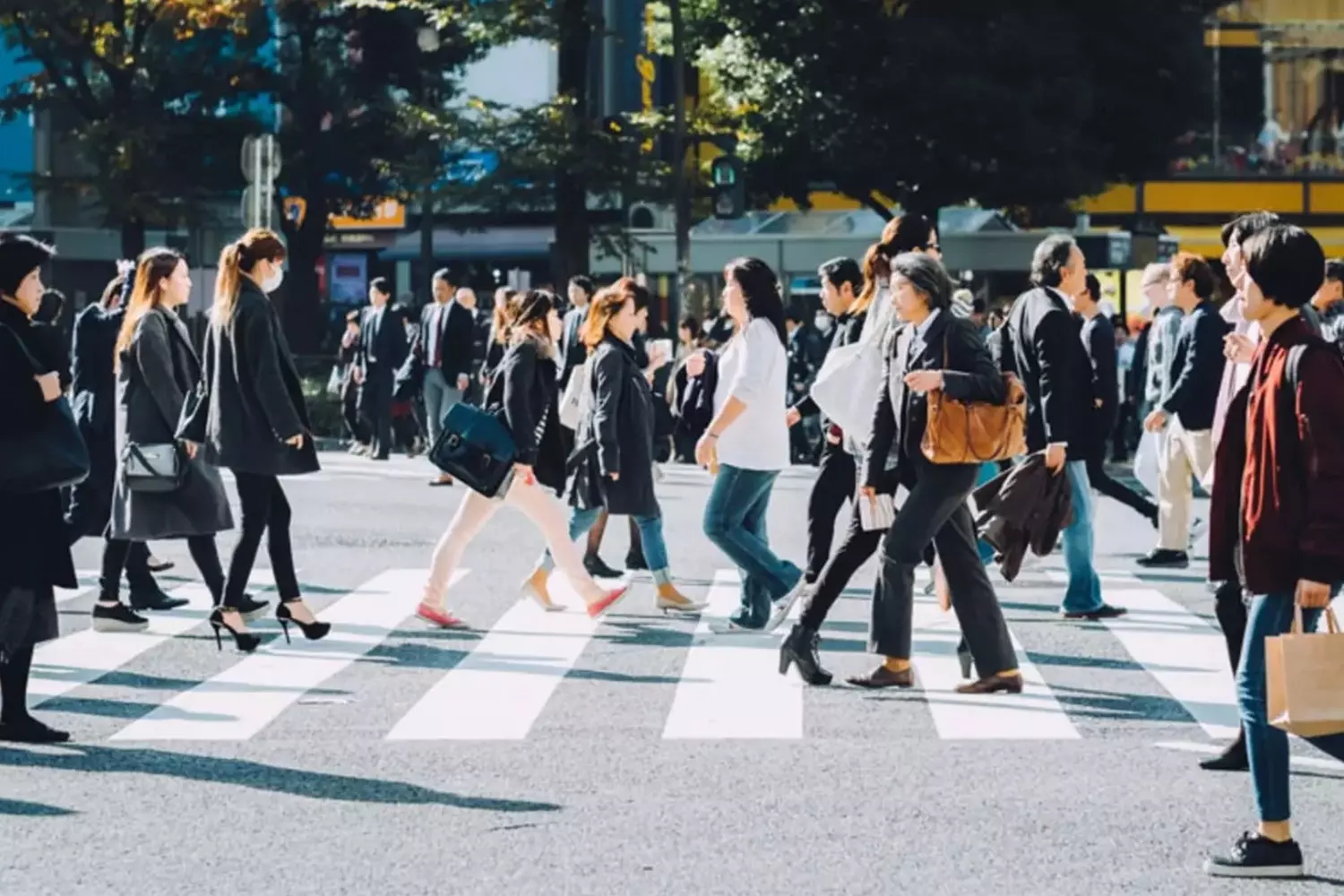
Migration Flows in the USA: Who’s Coming, Who’s Leaving, and Where They’re Going
The USA is a nation of migrants, and this status remains fundamental to understanding American demographics in 2025. Immigration and internal migration are two key processes shaping the country’s face, economy, culture, and even politics.
- 01. Immigration: a new life in America
Each year, the USA accepts about 1 million new immigrants. These are people seeking new opportunities, safety, and freedom. Their countries of origin are diverse, but some steady leaders stand out:
- Mexico — a historic neighbor and the largest source of immigration, especially in the southwestern USA.
- India — specialists in IT, medicine, and entrepreneurs.
- China — students, scientists, as well as families looking for a better life.
- Philippines — a significant part of medical personnel and other professions.
- Vietnam — a large diaspora, especially in California and Texas.
These immigrants often choose to live in states such as California — due to climate, economy, and communities; Texas — because of low taxes and job opportunities; Florida — especially attractive for Latin Americans and retirees; New York — a traditional immigrant hub with well-developed infrastructure. Immigration impacts the economy by creating jobs, expanding markets, enriching culture, and fostering innovation.
- 02. Internal migration: new routes and changes
Americans also actively move within the country, following jobs, climate, and quality of life. In recent years, a clear trend has emerged:
- People leave expensive and overcrowded states — New York, Illinois, California.
- They head to more affordable housing and tax-friendly regions — Texas, Florida, Tennessee, Arizona.
This changes the socio-economic map of the country, stimulates growth in southern and southwestern cities, and poses new challenges for infrastructure.
- 03. Why do people move?
- Searching for affordable housing
Prices in traditional megacities are often unaffordable for many families. - Climate
Warmer and more comfortable in the south and southwest. - Jobs and business
States with favorable tax climates and economic opportunities. - Quality of life
A better balance of work, education, healthcare, and leisure.
- 04. Cultural shifts and social consequences
Movements within the country affect schools, transportation, housing markets, and also the political map — migrants change traditions and voters’ voices.
Public opinion, debates, and the Green Card lottery
Migration is an integral part of American history and identity, but it also sparks heated debates in society. In 2025, migration remains a hot topic, reflecting a wide range of opinions, fears, hopes, and political battles.
- 01. Public attitudes: between acceptance and concerns
On one hand, America prides itself on being a nation of immigrants — people who come here seeking freedom and new opportunities. Many believe migration enriches culture, stimulates the economy, and fosters innovation. However, on the other hand, part of society experiences anxiety:
- Economic fears
Concerns about jobs, competition for low-wage positions, and strain on social programs. - Security
Fears related to illegal migration and potential threats. - Cultural issues
Fears of losing traditional values and changes in national identity.
- 02. Politics and migration: scandals and reforms
Migration regularly becomes the arena of political battles. Some notable moments in recent years:
- Family separations at the border
The policy of separating children from parents sparked sharp criticism both domestically and internationally. - Construction of the border wall with Mexico
A symbol of the migration conflict and security priorities. - Visa system reforms and quotas
Attempts to limit or change immigration rules, leading to mass debates and court cases.
- 03. The Green Card lottery: a chance at the American Dream or a game of fate?
One of the most popular and debated immigration programs is the Diversity Visa Lottery (Green Card Lottery). Every year, hundreds of thousands of people from different countries apply for the right to obtain permanent residence in the USA. How does it work?
- The lottery is open to citizens of countries with low immigration levels to the USA.
- Winners are chosen randomly.
- It gives the opportunity to obtain permanent residency and work legally.
Critics call it unfair, pointing to the element of chance instead of merit-based selection. Others fear the program can be exploited by fraudsters or overload the system. Nevertheless, the lottery remains an important tool for increasing ethnic diversity.
- 04. Community initiatives and support
Many organizations, social movements, and religious groups actively support migrants’ rights, provide help to newcomers, and fight discrimination.
Migration in the USA is a complex and multifaceted topic where dreams meet fears, hopes meet challenges. Understanding it requires not only statistics but also lively societal discussion. Migration is the breath of America. It constantly changes to adapt and thrive in a new world. To understand these flows is to understand the present and future of the country.
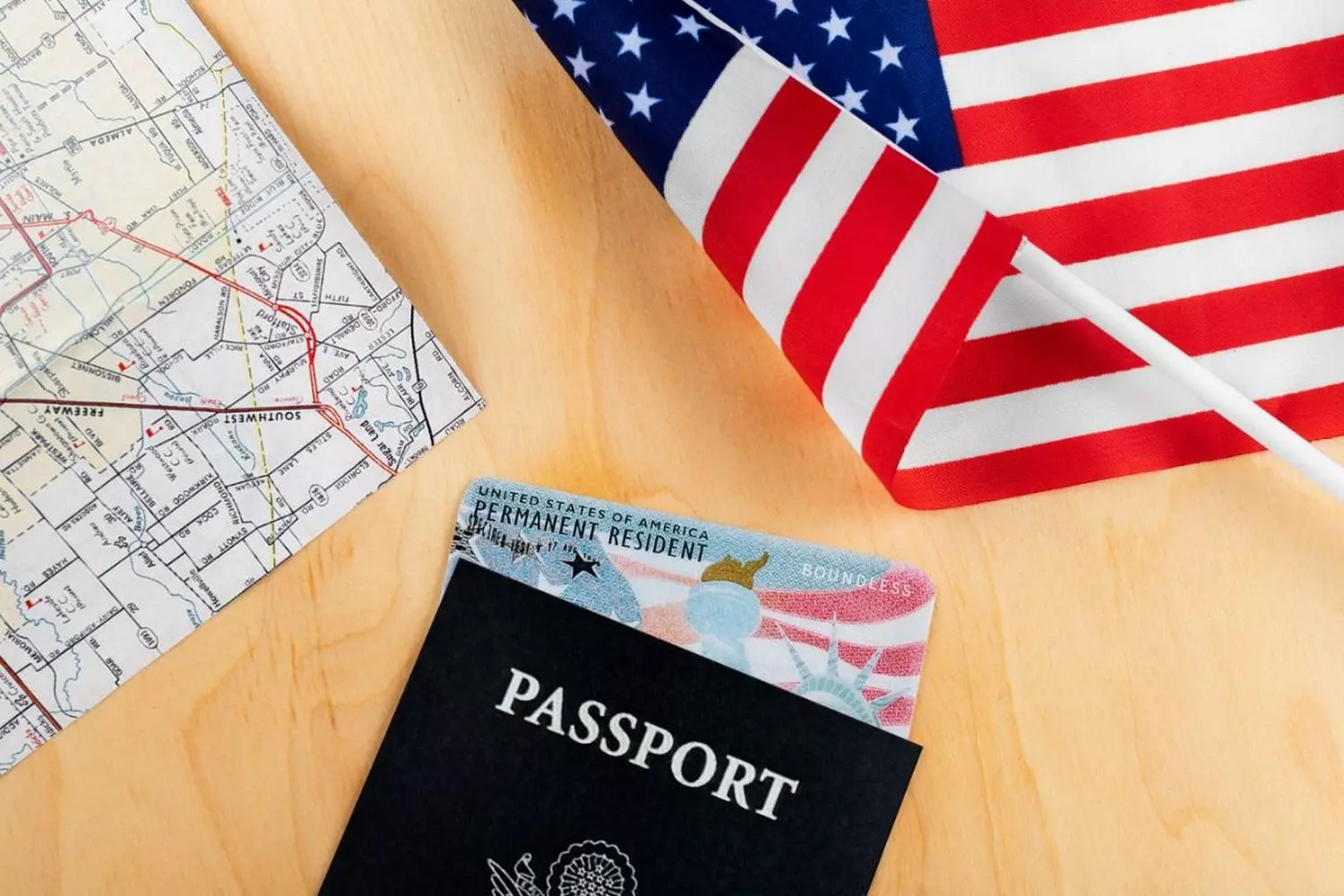
How Demographics Shape the U.S. Economy: Challenges and Opportunities
Population is not just numbers, but the main resource of the economy. In the USA, demographic changes directly affect market development, employment, and social programs. Understanding these connections helps to see how the economy adapts to new realities and prepares for the future.
- 01. Labor shortage: a challenge for key sectors
Today, the American labor market experiences a severe shortage of workers in several crucial fields:
- Service sector
From restaurants and hotels to retail. There is a high demand for both skilled and unskilled workers, especially in rapidly growing regions. - Construction
Demand for housing and infrastructure creates a need for laborers, engineers, and technical specialists. - Healthcare
With an aging population, there is an increasing need for doctors, nurses, caregivers, and other healthcare professionals.
The labor shortage limits growth potential and complicates business processes. Immigrants and the younger generation play a key role in filling these vacancies.
- 02. Aging population and rising healthcare costs
As the share of elderly people grows, the need to expand medical services arises:
- Development of geriatric care, rehabilitation, and long-term care.
- Investments in health monitoring and remote care technologies.
- Increase in expenses for Medicare and other government programs.
These changes create budgetary pressure and require effective solutions in healthcare and social policy.
- 03. Young migrants as a balance for the pension system
Pension payments in the USA are partly financed by current workers. As the elderly population grows and birth rates decline, the burden on the working-age population increases. Young immigrants help maintain the system’s balance:
- They fill vacancies and pay taxes that fund pensions.
- They bring diversity and energy to the economy.
- They contribute to innovation and the development of new industries.
- 04. Demographics and economic growth: a look into the future
- Stimulating immigration policies to attract qualified personnel.
- Developing retraining programs and support for older workers.
- Investing in automation and new technologies to compensate for labor shortages.
Demographics and the economy in the USA are two sides of the same coin. Understanding how they interact is important for everyone interested in the country’s future and their own opportunities.
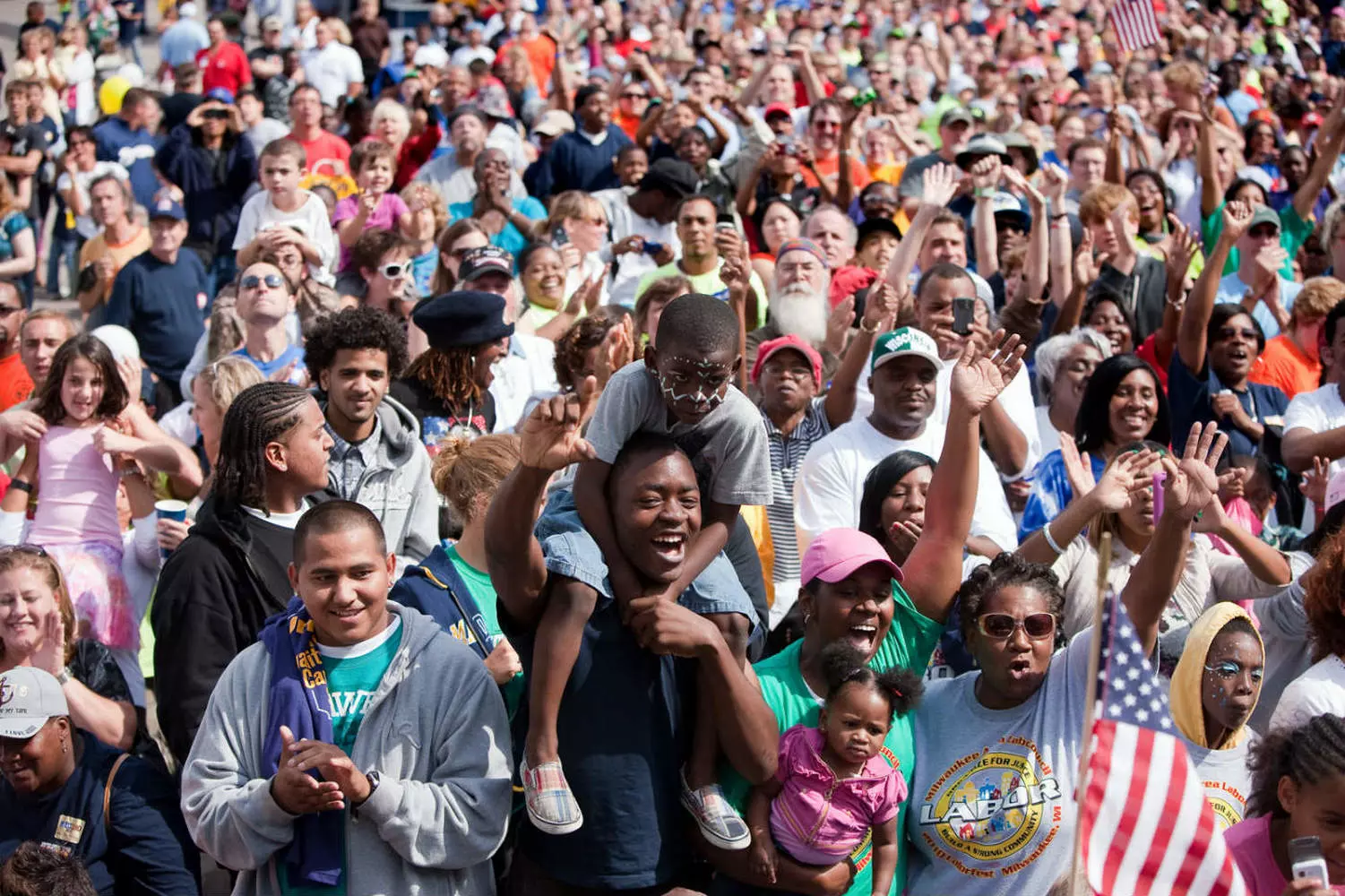
Education in the USA: Quality and Challenges
Education in the United States is one of the most important components of the country's success, its economic power, and cultural diversity. But what is the actual level of education among the US population in 2025? Let’s explore the numbers, trends, and system features.
- 01. Education Level Statistics
According to the latest analysis:
- About 90% of American adults (aged 25 and older) have at least a high school diploma or its equivalent.
- Nearly 40% of the population hold a higher education degree — a bachelor's degree or higher.
- Of those, roughly 13% have earned a master's, doctoral, or professional degree (e.g., medical or law degrees).
- The remaining 10% have not completed high school, which is more common among the elderly and certain social groups.
- 02. Differences by Age and Region
- The younger generation (ages 25 to 34) attains higher education more frequently — about 45%, which is higher than in older age groups.
- Education levels are higher in cities and suburbs than in rural areas.
- In some states (e.g., Massachusetts, California, Virginia), the percentage of college graduates exceeds 45%, while in others it is below average.
- 03. Literacy and Mandatory Education
Mandatory education in the US starts with kindergarten and continues through 12th grade (approximately up to 17-18 years old). Most children attend public (state) schools, but there are also private, charter schools, and homeschooling options.
- The literacy rate among adults is about 99%, indicating the success of the basic education process.
- Schools emphasize not only reading and writing but also math, natural sciences, arts, and sports.
- 04. Quality and Challenges
Despite high overall indicators, the quality of education in the US varies greatly:
- School funding depends on local taxes, creating inequalities between districts. Schools in poorer areas may suffer from a lack of resources, qualified teachers, and modern curricula.
- Socio-economic factors affect access to quality learning materials and instructors.
- Some districts face issues with overcrowding or, conversely, low attendance.
- Political debates over curricula — controversies about teaching history, gender topics, and culture cause protests and political battles.
- High costs of college education lead to massive debt burdens for millions of graduates.
- Access to education for migrants and children of immigrants remains a crucial issue for integration and school support.
The high literacy rate and significant share of the population with higher education are strengths of the USA. However, challenges in ensuring equal access to quality education remain. This is an important topic for the government, society, and business alike.
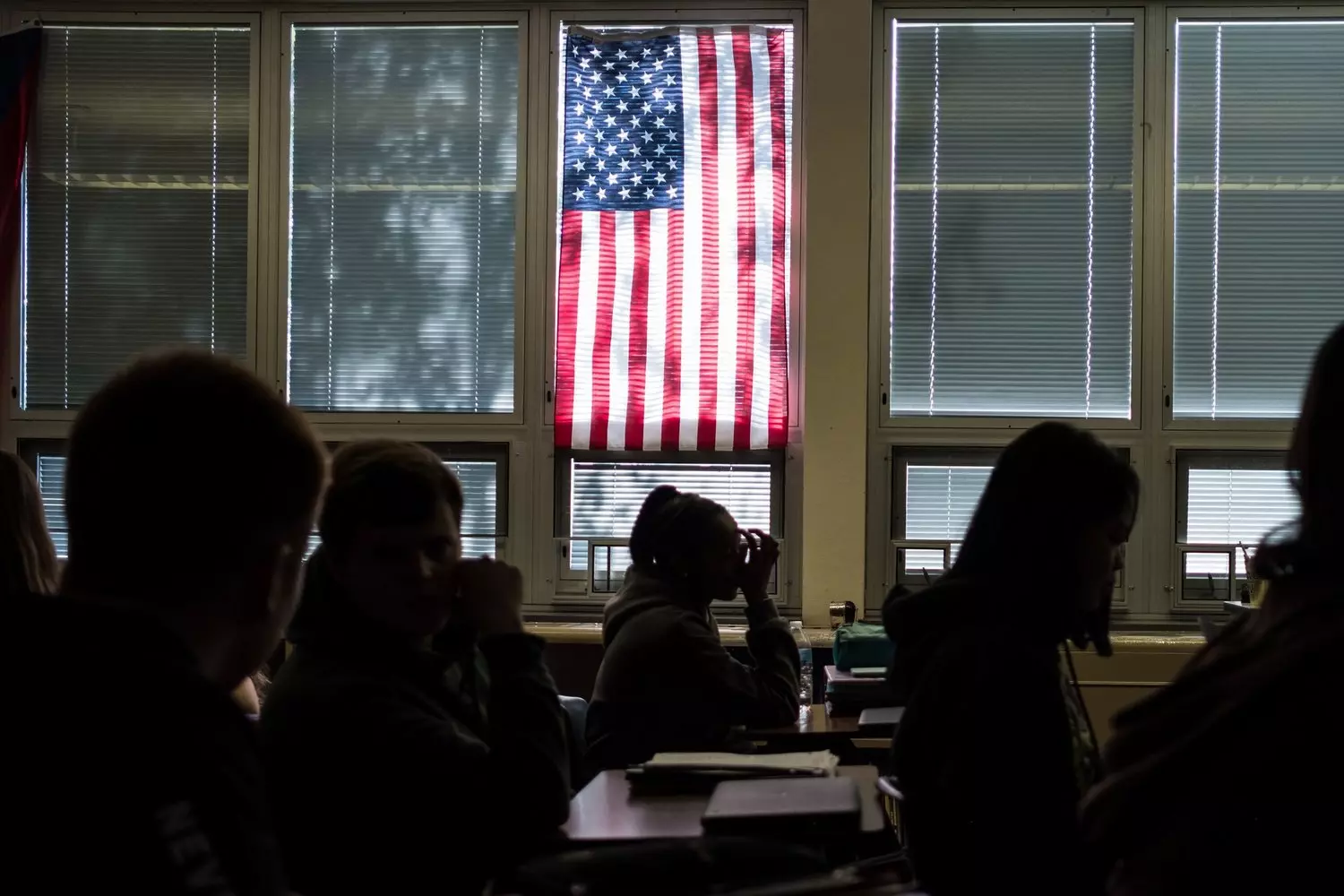
Where Americans Work: Employment, Salaries, and Challenges of Today’s Labor Market
Work is an integral part of every person’s life and the foundation of a country’s economy. In the United States, one of the world’s largest economies, the employment structure and income levels reflect a complex and dynamic labor market full of opportunities and challenges.
- 01. Where Are Americans Employed?
Americans work in a wide variety of sectors, but the main employment industries look like this:
- Service Sector
About 80% of the employed. This includes education, healthcare, retail, hospitality, restaurants, financial services, and information technology. - Industry and Manufacturing
About 10%. This includes factories, construction, mining, and processing. - Agriculture
About 1.5%. Despite a small share, this sector remains important, especially in rural states. - Public Sector
About 15%. Includes workers in education, law enforcement, social services, and administrative institutions (many combine this with private employment).
- 02. Unemployment Rate: Numbers and Trends
In 2025, the unemployment rate in the US fluctuates around 3.5–4.2%, which is considered quite low and indicates a stable labor market. However:
- Unemployment is uneven across regions and social groups.
- Youth and some ethnic minorities face higher rates.
- Employment challenges are common among people with low education levels and residents of depressed areas.
- 03. Salary Levels: Average Figures and Gaps
The average annual salary in the US is about $65,000 (roughly 4.8 million rubles at current exchange rates), but these figures vary greatly by profession, region, and skill level.
- In high-tech hubs (Silicon Valley, New York), salaries are significantly above average.
- In service and retail sectors, wages are often minimum or slightly above minimum levels.
- There is a substantial pay gap between men and women, as well as between different ethnic groups.
- 04. Main Challenges of the Modern Labor Market
- Income Inequality
The growing gap between high-paid and low-paid professions. - Growth of the Gig Economy
More and more people work freelance or on temporary contracts without social guarantees. - Automation and Artificial Intelligence
Some professions are disappearing, requiring workers to retrain. - Shortage of Skilled Workers
Especially in IT, engineering, medicine, and construction. - Impact of Migration
Migrants make an important contribution but often face employment difficulties and discrimination.
Work and income are key to understanding the lives of Americans today. Knowing the problems and trends helps better navigate reality and make informed decisions.
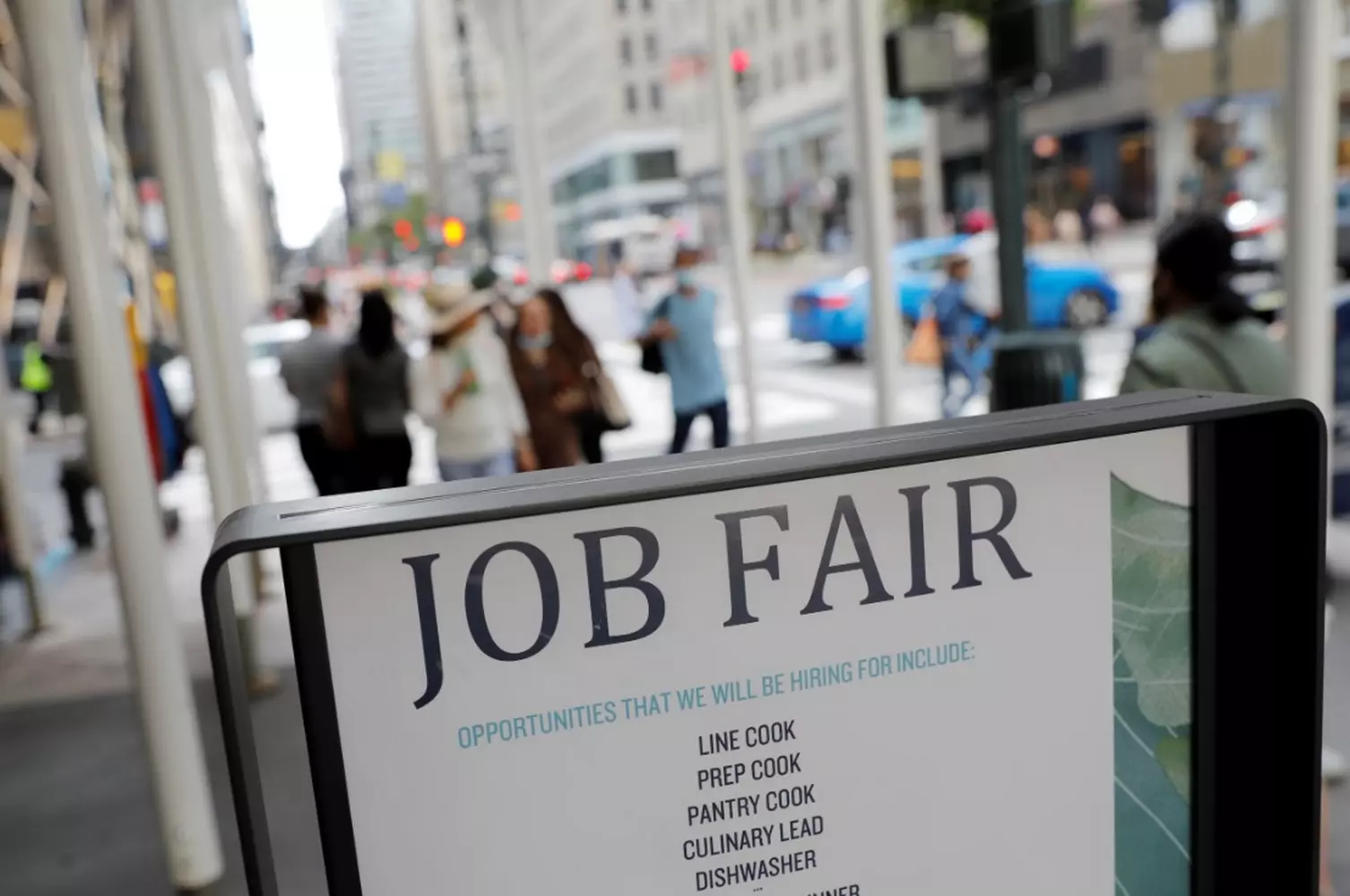
USA in 2050: The Demographic Landscape of the Future — Forecasts and Changes
Looking into the future is always fascinating — especially when it concerns a country as vast and influential as the United States. According to projections from the U.S. Census Bureau, by mid-century America will change not only in numbers but in character — its population will undergo a major transformation.
- 01. Population Growth: Numbers and Sources
Based on the most realistic scenarios, by 2050 the U.S. population may reach 375–390 million people, which would represent a 10–15% increase from current levels. The main drivers of this growth include:
- Immigration will remain a key driver
Millions of people will continue to come to the U.S. each year to work, study, and build their lives. Unlike natural population growth, which is slowing due to low birth rates, immigration will sustain population growth. - Growth from second-generation immigrants
Many children of immigrants will be born in the U.S., increasing the size of the young population.
- 02. Ethnic Transformation: A New Mosaic
One of the most striking changes will be the growth of the Latino population, which could reach up to 30% of the total by 2050 — a significant increase from the current 19%. Other trends include:
- The share of non-Hispanic whites will continue to decline and may fall below 50%.
- Asian populations will grow due to immigration and relatively high birth rates.
- An increase in interracial marriages and mixed heritage will make Americans more diverse in background and identity.
- 03. Aging Nation: Challenges and Adaptation
The median age of the U.S. population is expected to rise from the current 38 to 41–43 years by 2050. This means the nation will be aging:
- The elderly population (65+) will grow both in absolute numbers and as a share of the total population.
- There will be increased pressure on pension systems, healthcare, and social services.
- The labor market will shift, requiring more professionals in geriatrics, caregiving, and medical support.
- 04. How Will Society and the Economy Change?
- Consumer preferences
Younger, multiethnic generations will demand new products and services — from ethnic cuisine to cutting-edge technology. - Labor market
Immigrants and youth will help offset labor shortages, but there will be a growing need for retraining and lifelong learning. - Politics and culture
The national focus will shift further toward multiculturalism, inclusivity, and social justice.
America stands on the threshold of profound demographic changes. Understanding these trends is key to preparing for the challenges ahead and embracing the opportunities the future holds.
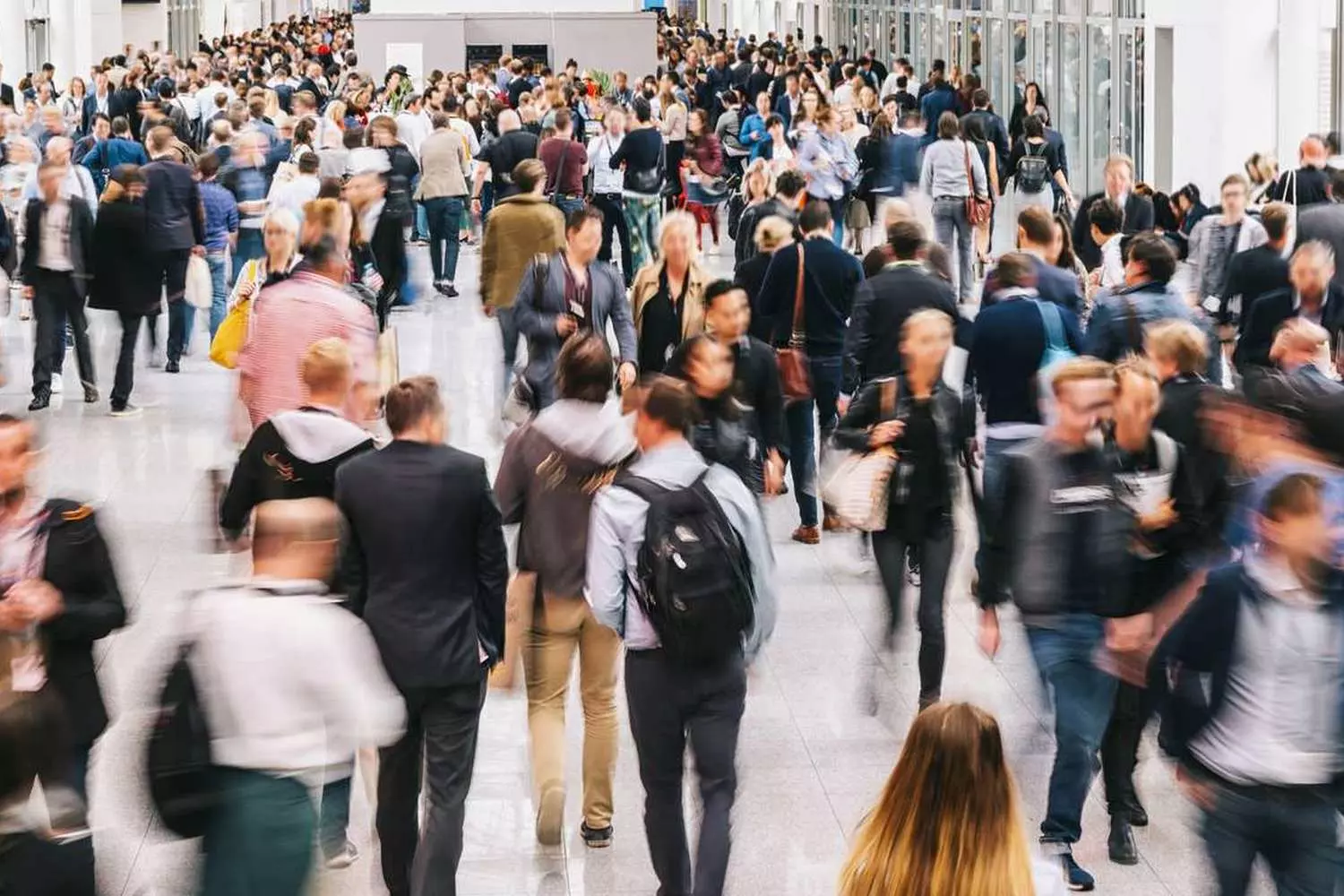
10 Surprising Facts About the U.S. Population
The United States is a land of contrasts, where megacities border empty expanses, and demographic trends surprise even the experts. Birth rates are falling, migration is setting records, cities are reaching for the sky, while entire counties are dying out. Want to know how many "ghost towns" exist in America, why Texas is overtaking California, and when the country might reach half a billion people? Here's a collection of the most unusual facts about the U.S. population!
- 01. The U.S. has more “ghost towns” than active ones
The population is rapidly urbanizing: about 80% of Americans live in cities. Yet the U.S. has over 3,800 abandoned settlements — more than any other country. The leader is Nevada, where hundreds of towns were deserted after the collapse of the Gold Rush. - 02. Texas is set to surpass California in population
California is still in the lead (39 million), but due to high costs and taxes, people are moving en masse to Texas (30.5 million). If the trend continues, Texas could become the most populous state by 2035–2040. - 03. The average American moves 11 times in a lifetime
The U.S. is a nation of migrants not just because of immigration, but also due to high internal mobility. Every year, 10% of Americans relocate. The most common moves are from New York and California to Florida and Texas. - 04. There are 1.4 million homeless people, but 16 million homes sit empty
A paradox: despite 582,000 homeless individuals (2023 data), there are 16 million vacant homes in the U.S. The main reasons: real estate speculation and job concentration in expensive cities. - 05. The U.S. population could reach 500 million by 2100
Currently, the country has 335 million people, but thanks to immigration and a high life expectancy, that number could grow to 500 million by the end of the century. The main question is: will there be enough resources? - 06. More people of Irish descent live in the U.S. than in Ireland
There are 31.5 million descendants of Irish immigrants in the U.S., while Ireland itself has only 5.1 million residents. - 07. There’s a town in the U.S. with a cat as mayor
In the town of Talkeetna, Alaska (population 876), an honorary mayor for over 20 years was... a cat named Stubbs. This isn’t just a fun fact — it reflects the demographic struggles of small towns, where young people leave, and those who remain uphold local traditions. - 08. The U.S. has more twins than any other country
Three out of every 100 newborns are twins. The reasons: the popularity of IVF (33% of IVF births are twins), and later pregnancies — after age 35, the chances of multiple births increase significantly. - 09. Hawaii has the highest life expectancy — 81.3 years
Mississippi has the lowest (74.6 years). A difference of nearly 7 years! Key factors include access to healthcare, poverty levels, and lifestyle choices (Hawaiians smoke less and are more physically active). - 10. Every 65 seconds, someone in the U.S. is diagnosed with Alzheimer’s
An aging population leads to a grim statistic: today, 6.7 million Americans suffer from this disease. By 2050, that number may triple.
U.S. demographics are a story of highs and lows, migration waves, and unexpected trends. The country is nearing a turning point: who will become the new “majority,” where will millions relocate, and how will the American Dream evolve? One thing’s for sure — it won’t be boring!
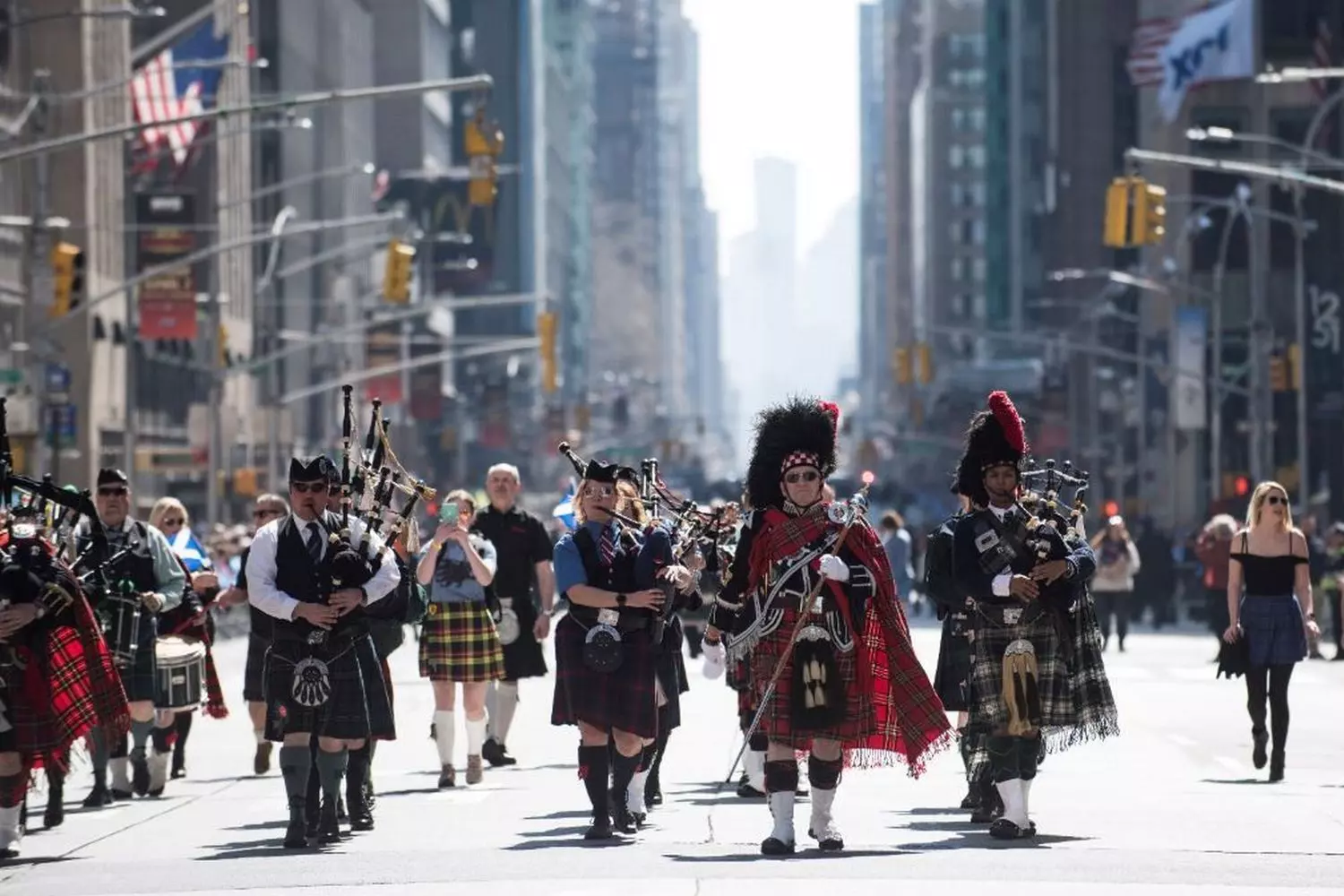
Discover America for real with American Butler
The population of the United States is a reflection of the world. It’s a dynamic, ever-evolving mix of cultures, ages, traditions, and dreams. This is a country where your neighbors might be a programmer from India, a retiree from Ohio, and an artist from Mexico — each building their own version of the American Dream.
If you want to discover the U.S. not just through numbers, but through real-life experiences — to truly connect with the authentic America — then custom tours, relocation consultations, and personalized service from American Butler will be your key to understanding this remarkable country.
We don’t just show you the sights. We introduce you to the people, the streets, the traditions — and we do it with heart. Want to see America as it truly is? Start with the right guide.





























